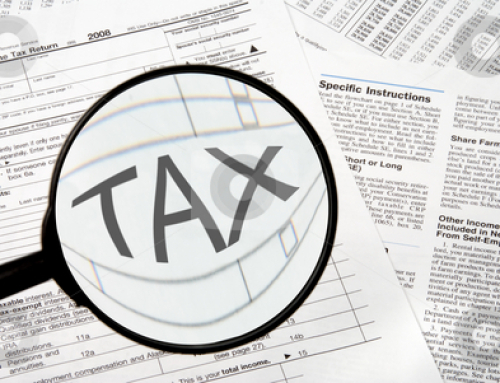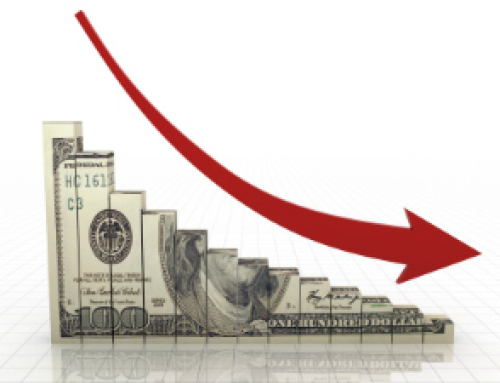A recent report from Dallas Federal Reserve Bank research head Harvey Rosenblum suggests we need to break up the big banks, and get rid of the idea that they are “too big to fail.”
In the report, titled “Choosing the Road to Prosperity: Why We Must End Too Big to Fail – Now,” Dallas Fed research head Harvey Rosenblum lays out his case for breaking up the big banks. He insists that breaking up the banks would be good for the economy, since it would promote competition, as well as free up more money for lending. For now, insist the leaders at the Dallas Fed, Wall Street is “still clogged with toxic assets accumulated in the boom years.”
President of the Dallas Fed, Richard Fisher, wrote a letter that introduced the report and suggested that, “The [too big to fail] institutions that amplified and prolonged the recent financial crisis remain a hindrance to full economic recovery and to the very ideal of American capitalism.”
If America wants to see a full recovery from the financial crisis, according to the conservative Dallas Fed, these big banks, which failed through a combination of complacency and greed, need to be dismantled into smaller institutions.
Can the Big Banks be Broken Up?
Of course, the real question is whether or not it’s possible to break up the big banks. Opposition is to be expected from the financial institutions that are considered to be too big to fail. And, while the Dallas Fed acknowledges that there are a number of “thorny issues” associated with getting rid of too big to fail, it does little to address them. Some of the main issues associated with breaking down the banks include:
1) How could the banks be broken up? What legislation would be needed to enforce it?
2) The banks are likely to fight such a move, and the fight could be costly.
3) What level of concentration is considered acceptable? A proper level would need to be determined, probably looking at levels from the past.
The report also bemoans the fact that the Dodd-Frank bill seems to have institutionalized too big to fail by providing a way to designate some banks as being “systematically important.” But therein lies one way that big banks might be induced to break themselves up.

Rosenblum writes that having different requirements for small banks vs. big banks could encourage bigger banks to break up. First of all, the report acknowledges that higher capital reserve requirements for smaller banks would be counter productive to economic recovery. So, those banks should not have the same requirements as larger banks.
Next, the report implies that the Financial Stability Oversight Council allowed by the Dodd-Frank bill could easily create rules that would seem onerous to banks that receive a “systematically important” designation. These banks could be subject to higher capital reserve requirements, or perhaps be subject to greater oversight. In both cases, the effect would be to avoid the hassle of being seen as big enough to be “systematically important.” The obvious solution for big banks then would be to break themselves up into smaller banks and have less regulation and oversight to contend with.
In the coming weeks, it will be interesting to see how much attention the Dallas Fed report gets, and whether or not too big to fail can capture the national spotlight enough to spark a debate about what can be done to prevent another systemic meltdown. What do you think about breaking up the “Too Big To Fail” Banks? Let us know.













Follow Us